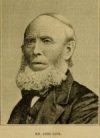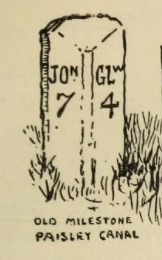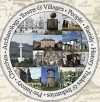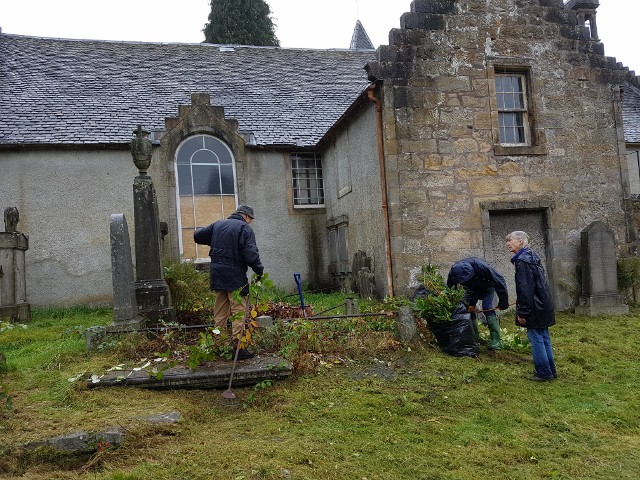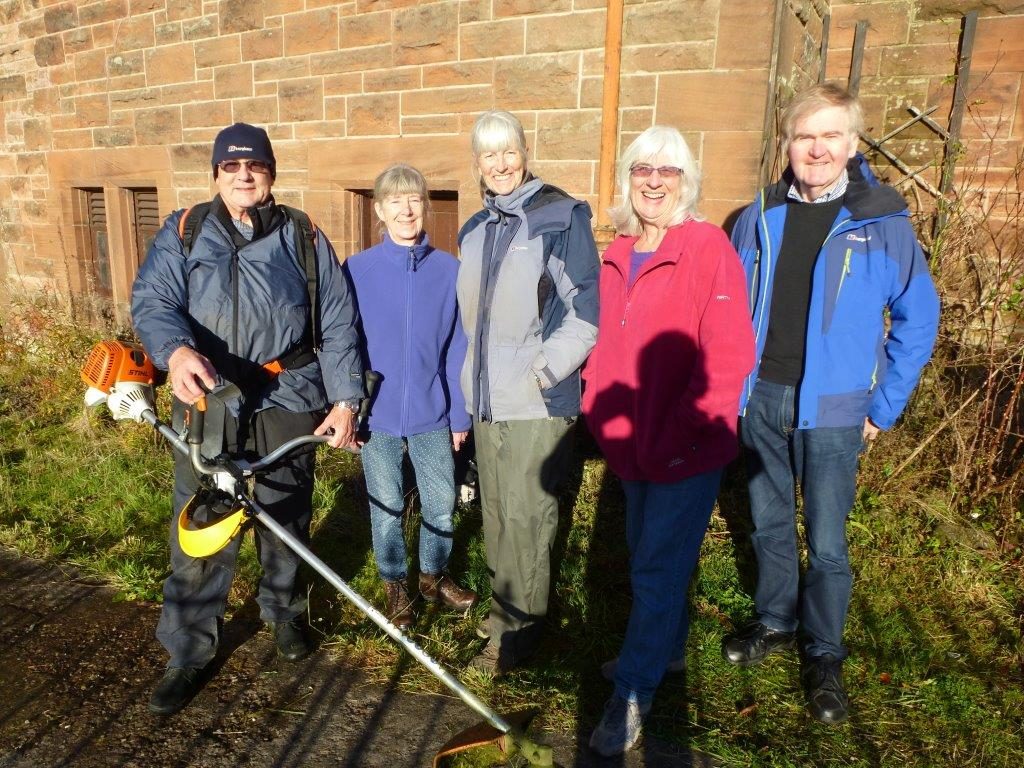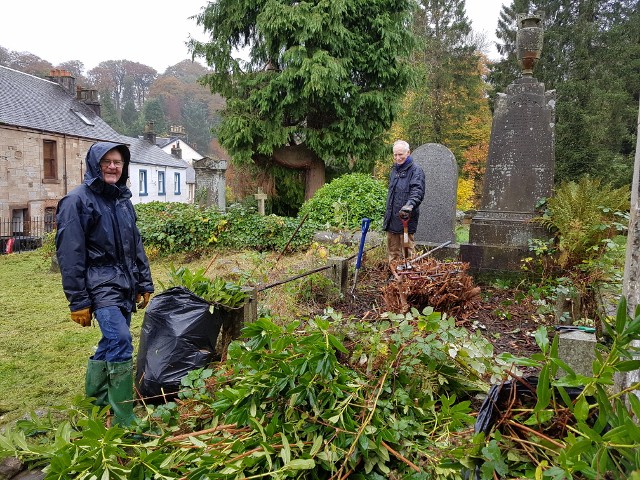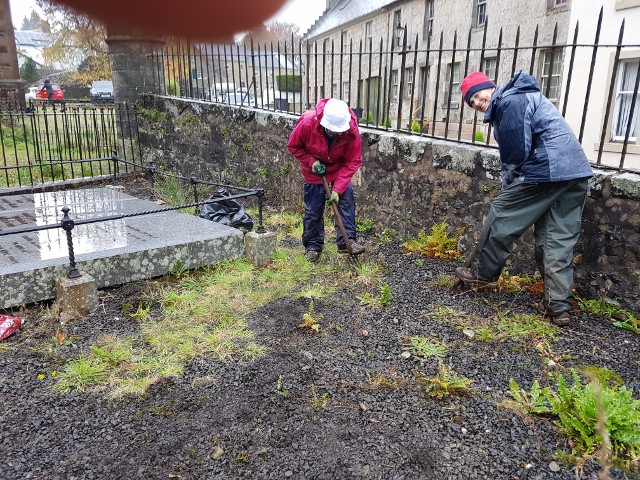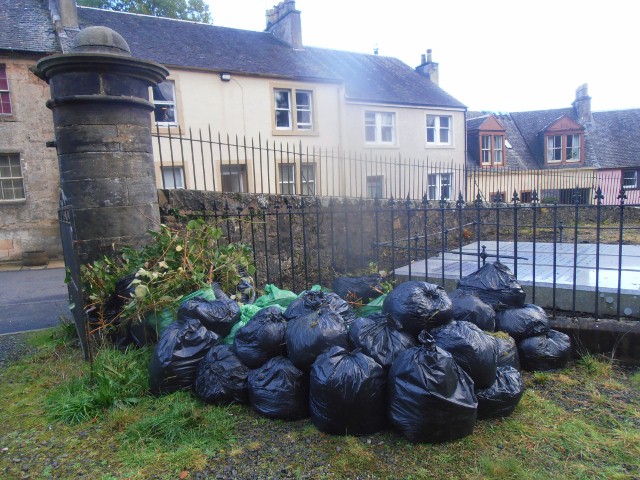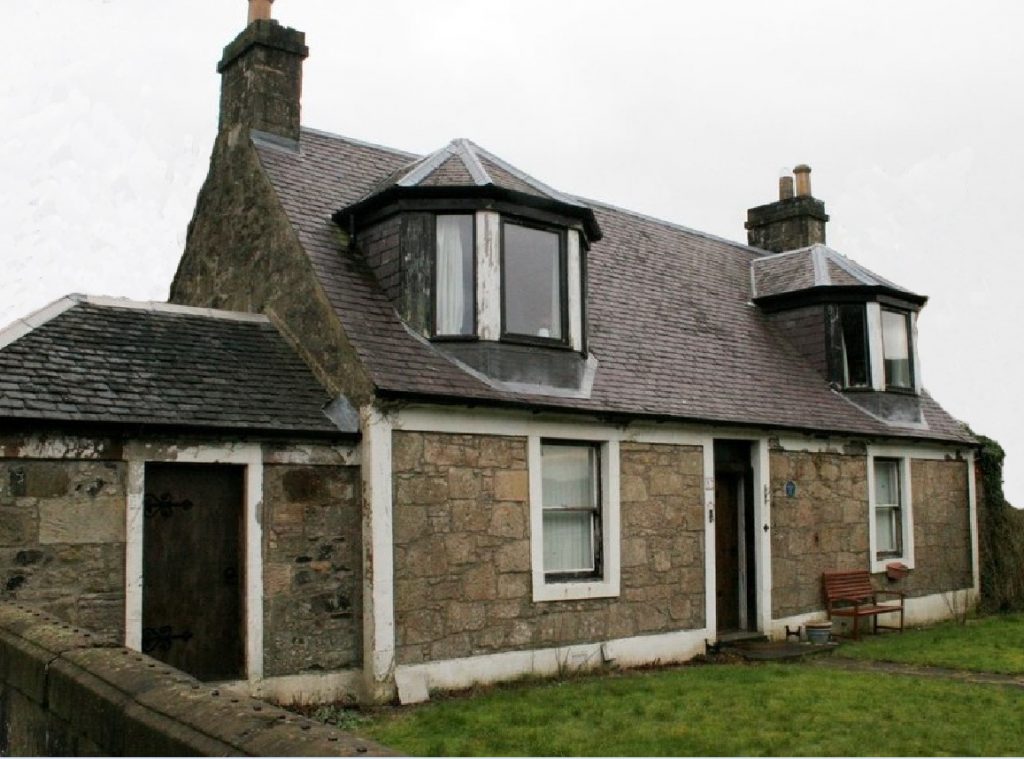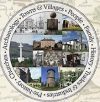John Love (born in 1806) was a typical Kilbarchan weaver. He was also a well renowned bee-keeper.
In 1841 he and his wife Mary lived in the upper storey of Mount Pleasant, the last house on the right in Shuttle Street. Mary’s brother Robert Climie, her two sisters and her widowed mother were also part of the household.
John Love and his brother-in-law, Robert Climie, had their loomshop on the ground floor of the property. Both were silk handloom weavers. John’s wife, Mary, worked as a pirn winder and their twelve year old son was learning the weaving trade.
John and Robert cultivated flowers in their large garden and kept bees. John, however, was the gardening expert and was well-renowned as a Kilbarchan florist-weaver. The garden was a floral display of roses, herbaceous plants, and grafted fruit trees. However, the greatest attraction in the garden was John’s display of ‘pinks’ (carnations). He was acknowledged as the Scottish champion ‘pink’ grower.
John had numerous bee-hives, but one bee-house was unique. It was a model of a two-storey dwelling house, complete with chimney and chimney sweep. John’s other skill was as a taxidermist. His collection of numerous, carefully stuffed specimens of natural history was on display in his house.
In the mid-1870s John, who had been a tenant in Mount Pleasant for almost forty years, was forced by a new owner to vacate the property. John and his unmarried daughter, Elizabeth, moved to Paisley where they continued to work now as worsted weavers, in less pleasant surroundings.
John stayed in Paisley for some years, and then at the age of seventy-six, moved to the island of Bute to look after a fruit garden where he grew, among other produce, strawberries and Caledonian plum trees and kept bees. However, John missed his old home in Kilbarchan.
Like many ordinary Kilbarchan weavers, he often took the time to communicate his feelings in verse. In one letter sent from Bute to a friend, John wrote the touching lines,
Yes! that is the tale I whisper,
As I muse in the firelight glow,
As I sit in the hush of the evening,
And think of long ago.
After five years in Bute, John was pleased to come back to Kilbarchan and lived with a family named George at Bleachfield House in Merchant Close. In 1891 his friend described John, who looked only in his late sixties, as ‘a yellow haired laddie of eighty five summers’. He was of middle height, nimble, fleet of foot and of an amiable disposition. He was a healthy individual who had sought medical attendance only once in his long life. John Love died in Kilbarchan in 1896 at the age eighty-nine
© 2020 Helen Calcluth

